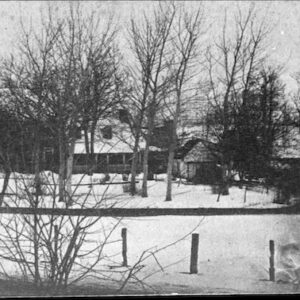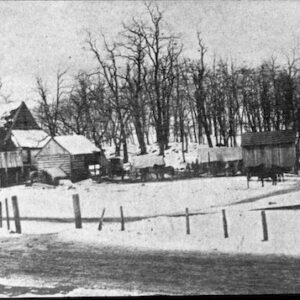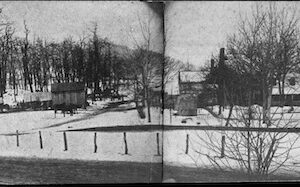Tag: Winchester VA
Wikipedia says: Winchester is an independent city located in the northern portion of the Commonwealth of Virginia, United States. It is the county seat of Frederick County, although the two are separate jurisdictions.
Civil War
Winchester and the surrounding area were the site of numerous battles during the American Civil War, as the Confederate and Union armies strove to control that portion of the Shenandoah Valley. Seven major battlefields are in the original Frederick County:
Within the city of Winchester:
The First Battle of Kernstown, March 23, 1862
The First Battle of Winchester, May 25, 1862
The Second Battle of Winchester, June 13–15, 1863
The Second Battle of Kernstown, July 24, 1864
The Third Battle of Winchester, September 19, 1864
Near the city of Winchester:
The Battle of Cool Spring at Snicker’s Gap, July 17–18, 1864
The Battle of Berryville, September 3–4, 1864
The Battle of Belle Grove (or Cedar Creek), October 19, 1864
Winchester was a key strategic position for the Confederate States Army during the war. It was an important operational objective in Gen Joseph E. Johnston’s and Col Thomas J. “Stonewall” Jackson’s defense of the Shenandoah Valley in 1861, Jackson’s Valley Campaign of 1862, the Gettysburg Campaign of 1863, and the Valley Campaigns of 1864. Including minor cavalry raids and patrols, and occasional reconnaissances, historians claim that Winchester changed hands as many as 72 times and 13 times in one day. Battles raged along Main Street at points in the war. Union General Sheridan and Stonewall Jackson located their headquarters just one block apart at times.
At the north end of the lower Shenandoah Valley, Winchester was a base of operations for major Confederate invasions into the Northern United States. At times the attacks threatened the capital of Washington, D.C. The town served as a central point for troops conducting major raids against the Baltimore and Ohio Railroad, Chesapeake and Ohio Canal, and turnpike and telegraph paths along those routes and the Potomac River Valley. For instance, in 1861, Stonewall Jackson removed 56 locomotives and over 300 railroad cars, along with miles of track, from the B&O Railroad. His attack closed down the B&O’s main line for ten months. Much of the effort to transport this equipment by horse and carriage centered in Winchester.
During the war, Winchester was occupied by the Union Army for four major periods:
Major General Nathaniel Banks – (March ? May 12 to 25, 1862, and June 4 to September 2, 1862)
Major General Robert Milroy – (December 24, 1862, to June 15, 1863)
Major General Philip Sheridan – (September 19, 1864, to February 27, 1865)
Major General Winfield Scott Hancock – February 27, 1865, to June 27, 1865
Major General Sheridan raided up the valley from Winchester, where his forces destroyed “2,000 barns filled with grain and implements, not to mention other outbuildings, 70 mills filled with wheat and flour” and “numerous head of livestock,” to lessen the area’s ability to supply the Confederates.
Numerous local men served with the Confederate Army, mostly as troops. Dr. Hunter McGuire was Chief Surgeon of the Second “Jackson’s” Corps of the Army of Northern Virginia. He laid the foundations for the future Geneva conventions regarding the treatment of medical doctors during warfare. Winchester served as a major center for Confederate medical operations, particularly after the Battle of Sharpsburg in 1862 and the Battle of Gettysburg in 1863.
Among those who took part in battles at Winchester were future U.S. presidents McKinley and Hayes, both as officers in the Union IX Corps.
Showing all 4 resultsSorted by latest



